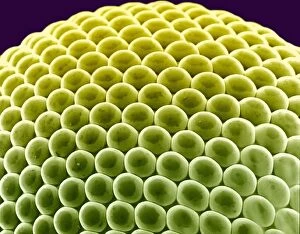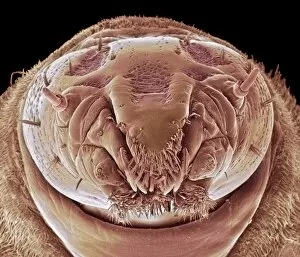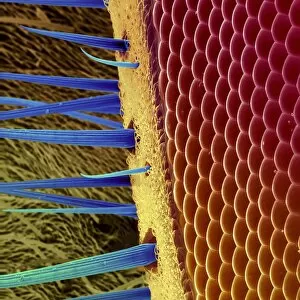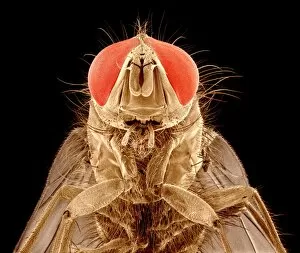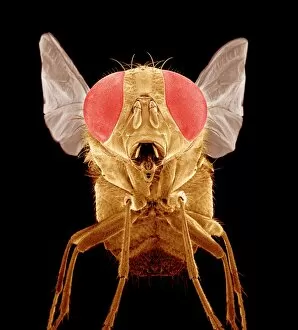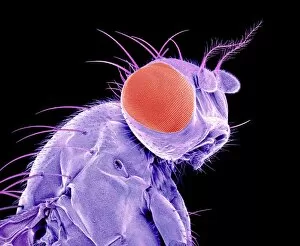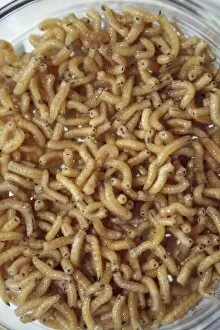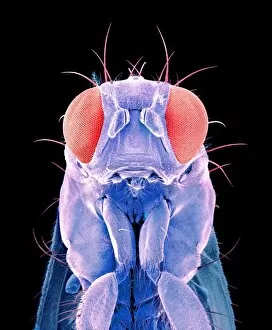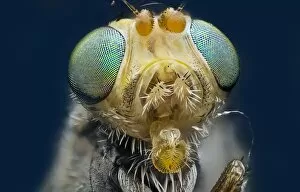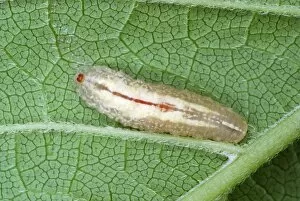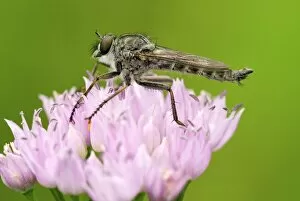Diptera Collection (page 9)
Diptera, the order of insects commonly known as flies and mosquitoes, encompasses a vast array of species with fascinating characteristics
All Professionally Made to Order for Quick Shipping
Diptera, the order of insects commonly known as flies and mosquitoes, encompasses a vast array of species with fascinating characteristics. From ancient times to modern scientific discoveries, it has captured the attention of researchers and nature enthusiasts alike. One remarkable find is the mosquito trapped in Dominican amber, preserved for millions of years. This tiny creature offers a glimpse into prehistoric ecosystems and evolutionary history. Similarly, H. W. Bates' illustrated notebooks provide valuable insights into the world through his meticulous observations. Within this diverse order, we encounter various species such as Simulium damnosum, also known as the Simulian blackfly notorious for transmitting diseases to humans and animals. On the other hand, there are harmless yet intriguing creatures like the hornet mimic hoverfly that imitates its dangerous counterpart for protection. The female Aedes punctor mosquito takes center stage in Sequence 4/4 by resting after feeding on human blood—a behavior both captivating and unsettling. Meanwhile, examining a blackfly antenna reveals intricate structures adapted for survival. Anopheles gambiae stands out among mosquitoes due to its role as a carrier of malaria—a disease that continues to affect millions worldwide. In contrast, spotting a fly on a cactus at Valencia's botanical garden reminds us that they are be found even in urban environments across Europe. Delving deeper into their anatomy using scanning electron microscopy (SEM), we discover astonishing details about stalk-eyed flies—creatures with elongated eye stalks that serve various purposes within their complex biology. Not all Diptera pose threats or hold significant medical importance; some simply lead quiet lives like sandflies or enjoy indulging in sugar feasts under SEM observation—an unexpected sight indeed. Lastly, gall midges encased in Baltic amber offer glimpses into ancient plant-insect interactions—an invaluable resource for understanding ecological relationships throughout time. Exploring Diptera opens up an enthralling world of insects that range from disease vectors to harmless pollinators.


